What Homeowners Should Know About Architectural Review Boards (ARBs) Before Building Their Dream Home
Designing and building a new home is one of the most exciting projects a homeowner can take on, but before construction begins, it’s important to understand one key part of the process that often catches people off guard: the Architectural Review Board (ARB).
If your home will be built or remodeled in a planned community, historic neighborhood, or anywhere with design restrictions, you’ll likely need to have your architect or home designer submit your architectural plans for review and approval by the ARB before you can break ground.
What is an Architectural Review Board (ARB)?
The Architectural Review Board is a committee, often created by a homeowners association (HOA), municipality, or developer, that oversees the aesthetic and architectural standards for a neighborhood or development. Its role is to ensure homes are designed in a way that fits within the established look and feel of the community.
In short: The ARB helps preserve the beauty, value, and character of your neighborhood. And your home design needs to align with its guidelines.
Why the Architectural Review Board Matters to You
If you’re planning a custom build or major home renovation, here’s why the ARB should be on your radar:
Avoid delays in your construction timeline
ARB approval is often required before a building permit can be issued.Prevent costly redesigns
Submitting plans that don’t meet the guidelines could mean going back to the drawing board.Protect your investment
Following ARB requirements helps maintain property values in the area, yours included.Create a more harmonious neighborhood
Consistent architectural quality benefits everyone.
What Does an Architectural Review Board Do?
While guidelines vary, most ARBs look at:
Architectural style and overall appearance
Size, scale, and proportion
Exterior materials and colors
Rooflines and slope
Landscaping and fencing
Garage placement and driveway layout
Specific guidelines for each neighborhood or city
How to Set Yourself Up for Success
Request the ARB guidelines early
Talk to neighbors—some approvals require their input
Plan ahead—most boards meet monthly
Be flexible if changes are requested
Choose an experienced architect who knows the ARB process
Highlights & Expectations for a Few Columbus, Ohio Cities
Our design firm is actively creating home designs in these cities, as well as many more around the area. We know the architectural review board process and guidelines inside and out but wanted to share a few highlights for your understanding.
New Albany, Ohio Architectural Review Board
If you're planning to build a home in New Albany, Ohio, it's important to know that the city follows a set of architectural design guidelines to preserve the community's traditional charm and character. While each neighborhood may have its own additional HOA-specific rules, the general standards set by the city are consistent and rooted in classic American architectural styles. Here are a few examples of what that might mean for your home design:
Only classic American architectural styles like Georgian, Colonial Revival, and Federal are approved. No mixing with contemporary styles.
All four sides must be equally detailed, meaning no blank or simplified rear or side elevations.
Preferred materials include brick and wood siding. Vinyl and fiber cement (like Hardie Plank) may be used but must mimic traditional construction.
Garage doors must have single-bay doors and set back from the front of the house; side or rear-entry garages are ideal.
Windows must be symmetrically placed and historically proportioned; shutters and trim are encouraged.
Upper Arlington, Ohio Architectural Review Board
Upper Arlington is known for its charming, well-established neighborhoods, each with its own unique identity. If you're planning to build a new home or a significant addition here, you'll need to design in a way that respects the architectural style and scale of the surrounding area. These city-wide design standards help preserve what makes each neighborhood special.
Your design must align with the style and height of nearby homes (Tudor, Colonial, Mid-Century, etc.).
Height restrictions vary by block and homes must generally stay within 1–1.5 stories if neighbors are similar.
Use no more than two exterior wall materials per side; brick or stone accents must wrap corners.
Large blank walls are not permitted, and every elevation must include windows and architectural detailing.
Modern homes may be permitted in some areas but must blend in with the neighborhood’s scale and rhythm.
Homes must respect existing lot lines, setbacks, and proportions to ensure continuity on the street.
Dublin, Ohio Architectural Review Board
Dublin has a modern yet classic approach to home design, encouraging quality, timeless materials and thoughtful architectural details. Whether you’re planning a new build or an addition, the city’s residential design standards aim to maintain visual appeal and neighborhood harmony.
Approved exterior materials include wood, brick, stucco, fiber cement, and high-quality vinyl. All must be well-detailed.
No plain walls are allowed, and each side must feature architectural elements like porches, gables, or window groupings.
Full-height chimneys are required and cantilevered or faux designs are not allowed.
Main roof pitch must be at least 6:12; dormers and porches can go slightly lower.
Garage doors should not dominate the front of the house. Side-loading or recessed garages are preferred; street-facing garages have width and design limits.
Homes with vinyl siding must incorporate extra design features (e.g., gable vents, shutters, masonry base) to enhance curb appeal.
Corner and through-lot homes must be fully designed on all visible sides to maintain neighborhood aesthetics.
Navigate Architectural Review Board Guidelines with Confidence
Whether you’re dreaming up your forever home or planning a major renovation, understanding ARB requirements is essential to keeping your project on track and in harmony with your community. From historic charm in New Albany to the character-driven neighborhoods of Upper Arlington and the timeless design standards in Dublin, each city brings unique architectural expectations to the table.
At Residential Designed Solutions, we specialize in custom home design that blends your vision with the architectural review standards of your neighborhood. With years of experience working with ARBs across Central Ohio and beyond, we know how to create designs that not only meet requirements but truly stand out.
Let us help you turn your dream home into a reality on time, on budget, and beautifully compliant.
Contact us today to start your journey with a team that understands design, detail, and the importance of getting ARB approval right.



